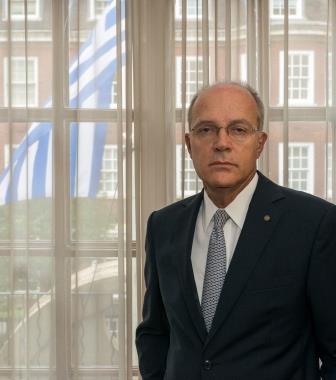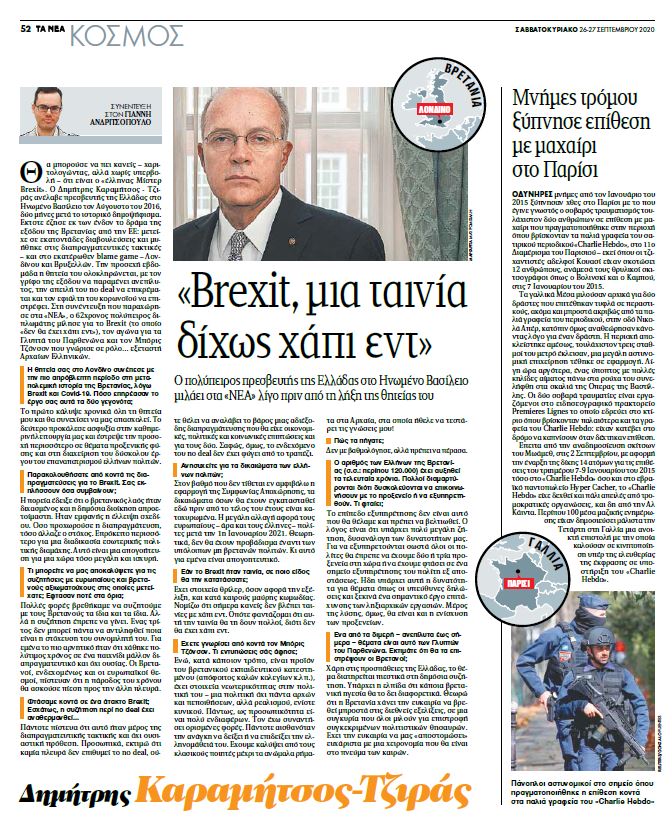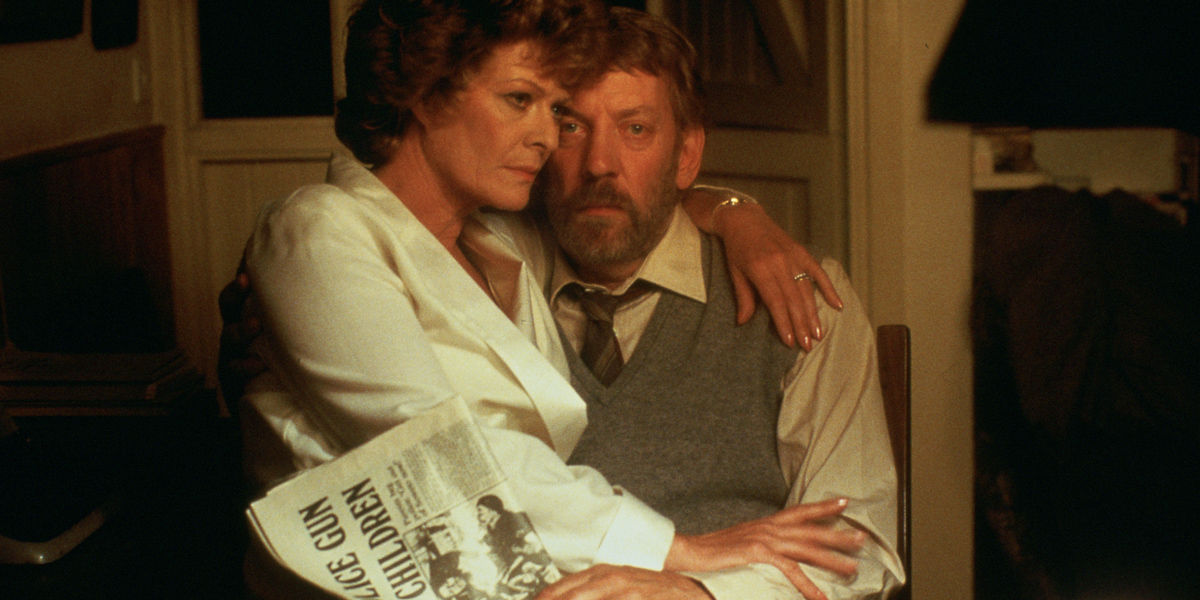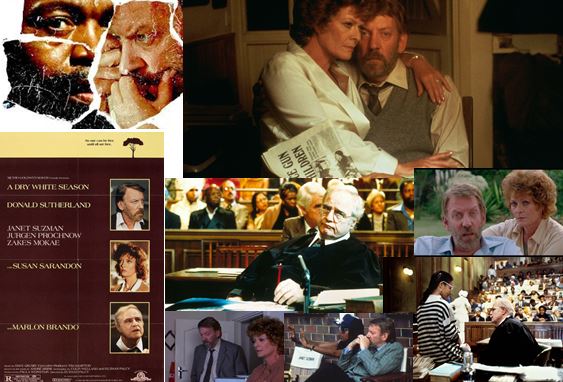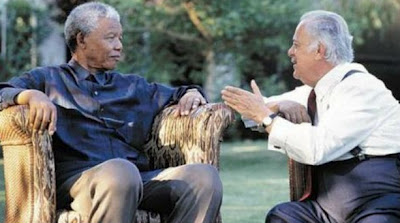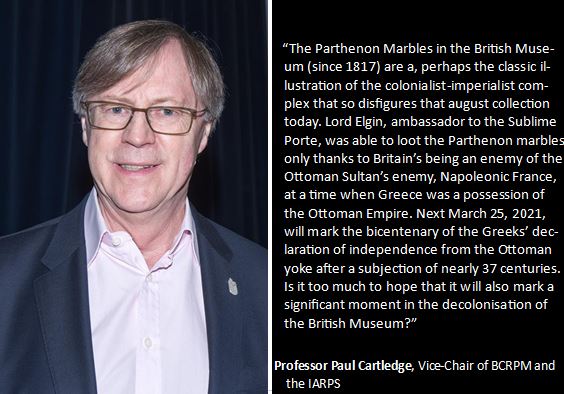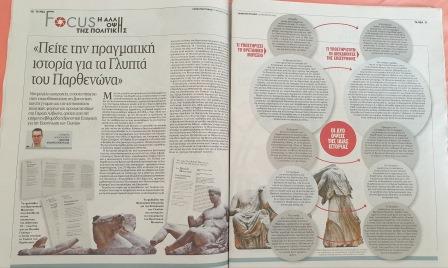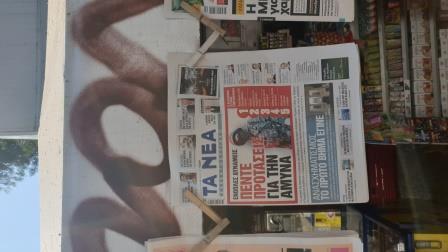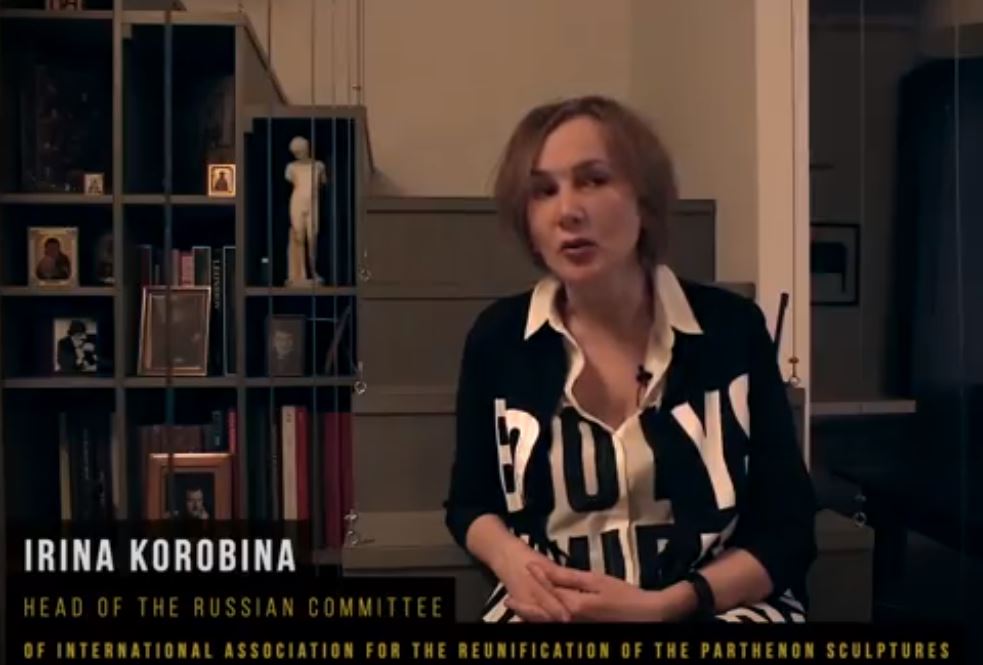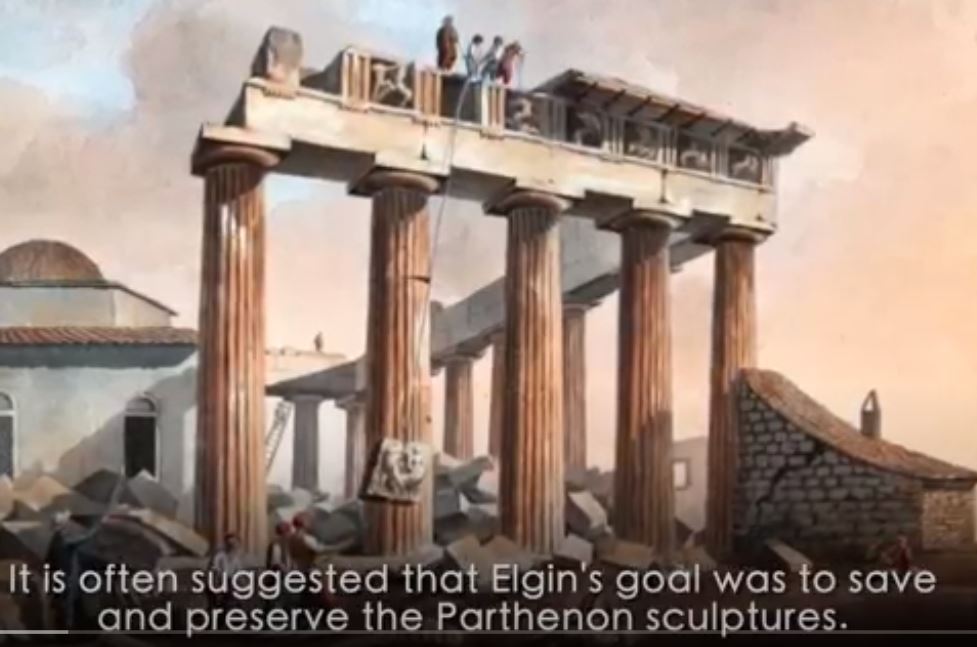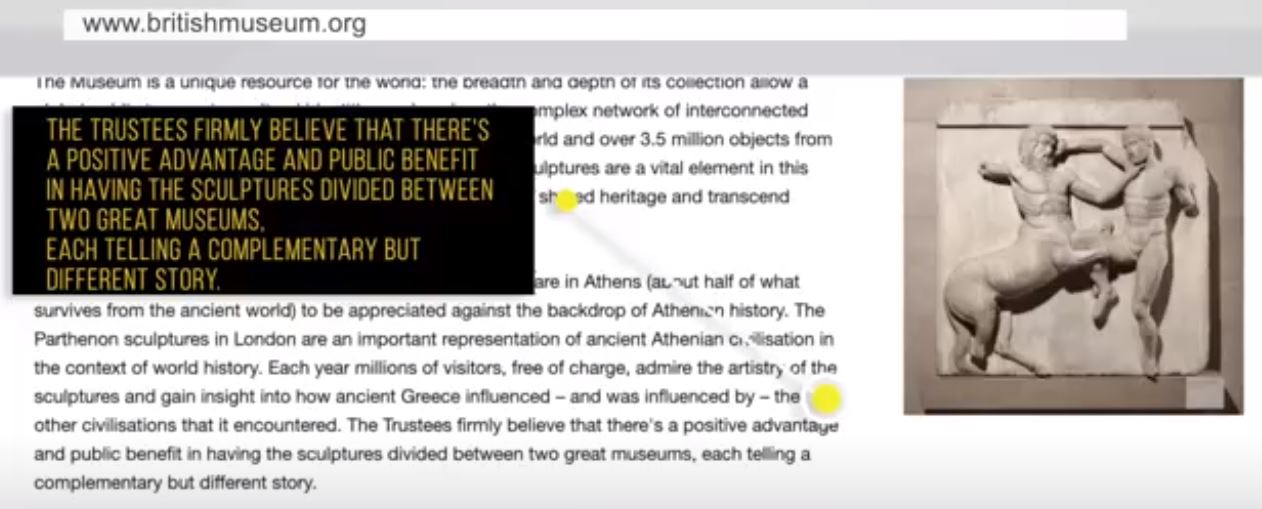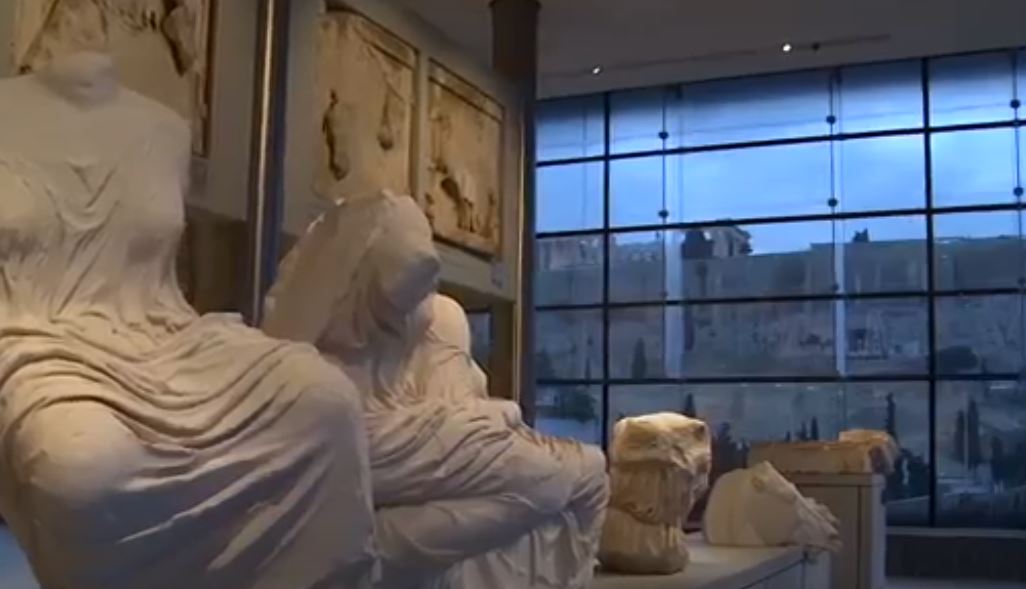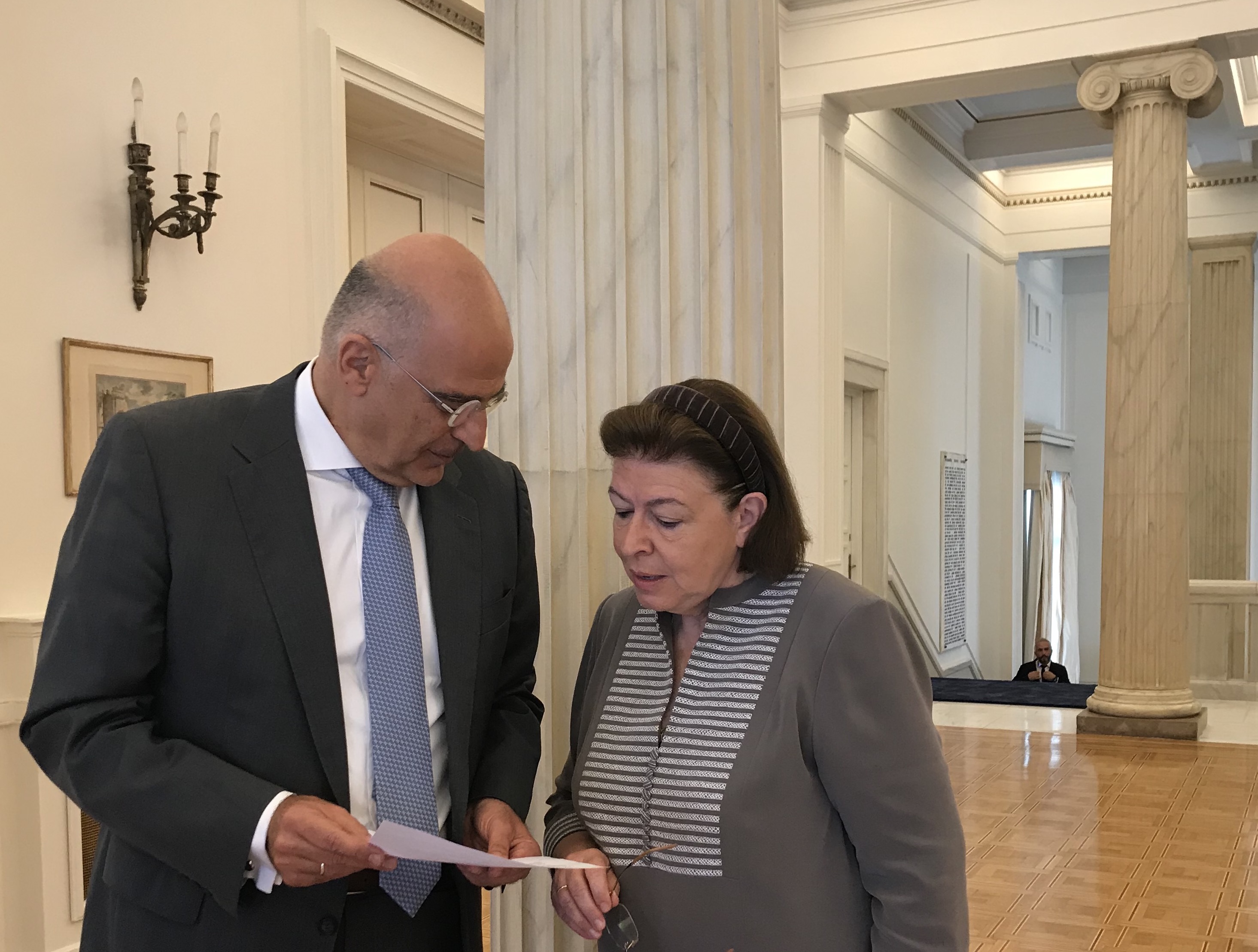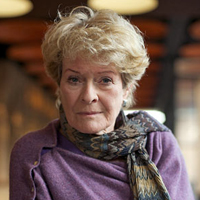Calls for return of Parthenon Sculptures mount as Acropolis Museum celebrates 11th anniversary
Βy Yannis Andritsopoulos, London Correspondent for Ta Nea, Greece's daily newspaper
Boris Johnson loves Ancient Greece. He studied classics at Oxford, he used to speak ancient Greek at home with his siblings, his hero is Pericles and he often tries to impress his audience by reciting extracts from the Iliad.
His love for the ancient Greek civilisation seems to be so deep that, apparently, he wants to keep a piece of it forever: the Parthenon Sculptures. They have been on display in the British Museum since 1817, a year after they were sold to the British government by Lord Elgin who had controversially removed them from the Parthenon.
Just over 200 years later, Britain's refusal to engage in talks with Greece about the Marbles’ return has sparked an international backlash.
On the occasion of the 11th anniversary of the Acropolis Museum in Athens, the Greek Culture minister, three British MPs and the Chair of the British Committee for the Reunification of the Parthenon Marbles are calling for the Parthenon Sculptures’ return in exclusive comments published in Ta Nea, Greece’s daily newspaper.
British Museum Director Hartwig Fischer told Ta Neathat the Acropolis Museum and the British Museum “are complementary in their approach,” adding that the museum “looks forward to continuing our collaboration and fruitful dialogue with our colleagues at the Acropolis Museum.”
Opinion polls show that the British people think the Parthenon Marbles should be returned to Athens. The most recent YouGov survey was released in June 2018 and it indicated that 56 percent said the Marbles belong in Greece.
However, the British government and the British Museum say the issue is out of the question.
A UK government spokesperson told Ta Nea: “The UK’s position on the Parthenon sculptures remains unchanged – they are legally owned by the British Museum. This will not be up for discussion in any future trade negotiations.”
A British Museum spokesperson confirmed that the institution's position on the issue has not changed. The museum has previously said that a permanent return of the Parthenon Sculptures is not being considered, and if Greece wants to borrow them, it must first acknowledge the British Museum's ownership.
Mr Johnson is opposed to the reunification of the Parthenon Sculptures. He has said that the Marbles “were rescued, quite rightly, by Elgin” and has criticised George Clooney for suggesting Britain should return them to Greece.
However, his father, Stanley Johnson, has said there should be “a fruitful dialogue between the Greek and the British authorities (on this issue).”
Greece’s Culture Minister Lina Mendoni told Ta Nea:
“Perhaps the main argument that the British Museum has been making for years in order not to return the Parthenon Sculptures - since 1982, when Melina Mercouri raised the issue at a UNESCO Conference of Ministers - was that Greece did not have a modern museum that could house the masterpieces of Phidias.
“Since September 2003, when the construction work for the Acropolis Museum began, Greece has been systematically demanding the return of the Sculptures which are on display in the British Museum, because they are products of theft.
“The current Greek government - like any Greek government - is not going to stop claiming the stolen sculptures which the British Museum continues to hold illegally contrary to any moral principle.
“The British government, which is washing its hands of the issue, is in stark contrast to the British public, the vast majority of which support the return of the Sculptures to their homeland.
“It is sad that one of the world's largest and most important museums is still governed by outdated colonialist views of the 1880s, and keeps on dismissing basic values of modern scientific ethics.
“Let's not forget that it was not only Elgin who mauled the Sculptures, but also the British Museum itself, using inappropriate and unscientific methods during their conservation.
“It is time for the British Museum to do what moral law and the monument (of the Parthenon) itself demands, which is also what the international public opinion is increasingly demanding.”
Dr Hartwig Fischer, Director of the British Museum, told Ta Nea:
“We send our colleagues at the Acropolis Museum our very best wishes on the occasion of their 11th anniversary: the museum provides a fantastic window into classical Athens, and is one of the great museums of the world.
“The Acropolis Museum and the British Museum are complementary in their approach, one providing an in-depth view of a major ancient city, the other a sense of the wider context and sustained cultural dialogue with the neighbouring civilisations of Egypt and the Near East in antiquity, and more recently.
“We look forward to continuing our collaboration and fruitful dialogue with our colleagues at the Acropolis Museum, which in recent years has included scholarly workshops, staff placements and sharing knowledge from researching ancient polychromy to questions of display and presentation.”
Conservative MP Sir Roger Gale told Ta Nea:
“While I do not hold to the view that all artefacts should be returned to their country of origin it does seem to me that the Parthenon Marbles have a good home to be returned to and a facility in which they can be properly displayed in home surroundings for the benefit and enjoyment of visitors from all over the world.”
Labour MP Mary Glindon told Ta Nea:
“I have enjoyed several classical tours of Greece and a highlight of those tours has always been the visit to the Acropolis and the Parthenon. But it’s sad that the Parthenon Marbles are in London. While they are seen in the British Museum by many people, as many, if not more, would appreciate seeing the Marbles as part of the amazing cultural experience to be enjoyed when visiting the Parthenon and the Acropolis Museum. The Marbles belong in Athens.”
SNP MP Margaret Ferrier told Ta Nea:
“The Acropolis Museum has enabled the sections of the frieze and the metopes to be enjoyed in their original context and it is now time for the Parthenon Marbles to join them. Despite the coronavirus pandemic, Brexit negotiations are continuing at pace and calls are growing for the Marbles to be returned to Greece. Returning them would be a sign that the UK is genuinely committed to looking outwards to the world after Brexit.”
Dame Janet Suzman, Chair of the British Committee for the Reunification of the Parthenon Marbles, told Ta Nea:
“There’s always an anniversary to celebrate. June 16th marked the 44th year since the student uprising in Soweto that was a turning point in the downfall of the apartheid state. A global reaction to the murder of a black man in America is sweeping the world, and those same students, grown much older if they survived at all, want to honour that murder by urging “a move away from a world centred on white supremacy and violence to one centred on justice and equity”.
“That argument was taken further when last week a statue was torn down from its plinth in the city of Bristol in England and thrown into the waters of the harbour where the slave ships used to anchor. Bristol, aware too well of its past, has decided that the statue should now be placed in the city museum with a full explanation of how the trader became so rich. Visitors can then understand that the defaced bronze figure is not just a benefactor of the city but a man who grew rich on other people’s misery, by exploiting the cruellest of white supremacies - the slave trade.
“And in Greece, the end of the Ottoman Empire’s occupation will be celebrated next year. Taking over bits of the world and ruling them according to your own values is an occupation that the British know only too well; at its height that Empire ruled a third of the world. So when Lord Elgin, British ambassador to the Ottoman court, decided he wanted to send back bits of the Parthenon to adorn his house in Scotland, he didn't bother to ask the subject Greeks, he greased the palms of functionaries from Istanbul, persuaded his own king to provide a ship and made off with the glory that was Greece. They landed up in Room 18 of the British Museum and for 200 years have been one of its star attractions.
“So we need to ask The British Museum, hiding from the tsunami of anti-colonialist feeling sweeping the whole world, whether they would have the decency to provide visitors with the full story: how did these incomparable pieces of sculpture torn from the greatest building in the western world get to sit - out of context - in the grey grandeur of Room 18? Reunification of the Marbles would seem to be a move away from white British exceptionalism and a move towards a world the survivors of Soweto are desperate to see. While supremacy stole them away and a white sense of justice should see them restored. But until that time comes, as it surely must: tell the story. Let the people judge the fairness of their captivity in London. There is a museum waiting for them in Athens.”
Published in Ta Nea, Greece’s daily newspaper (www.tanea.gr)
Publication date: 20 June 2020
English version: https://www.linkedin.com/pulse/calls-return-parthenon-sculptures-mount-acropolis-andritsopoulos
Original version in Greek (paywall): https://www.tanea.gr/print/2020/06/20/lifearts/lifestyle/epistrepste-lfta-glypta-lftou-parthenona/
